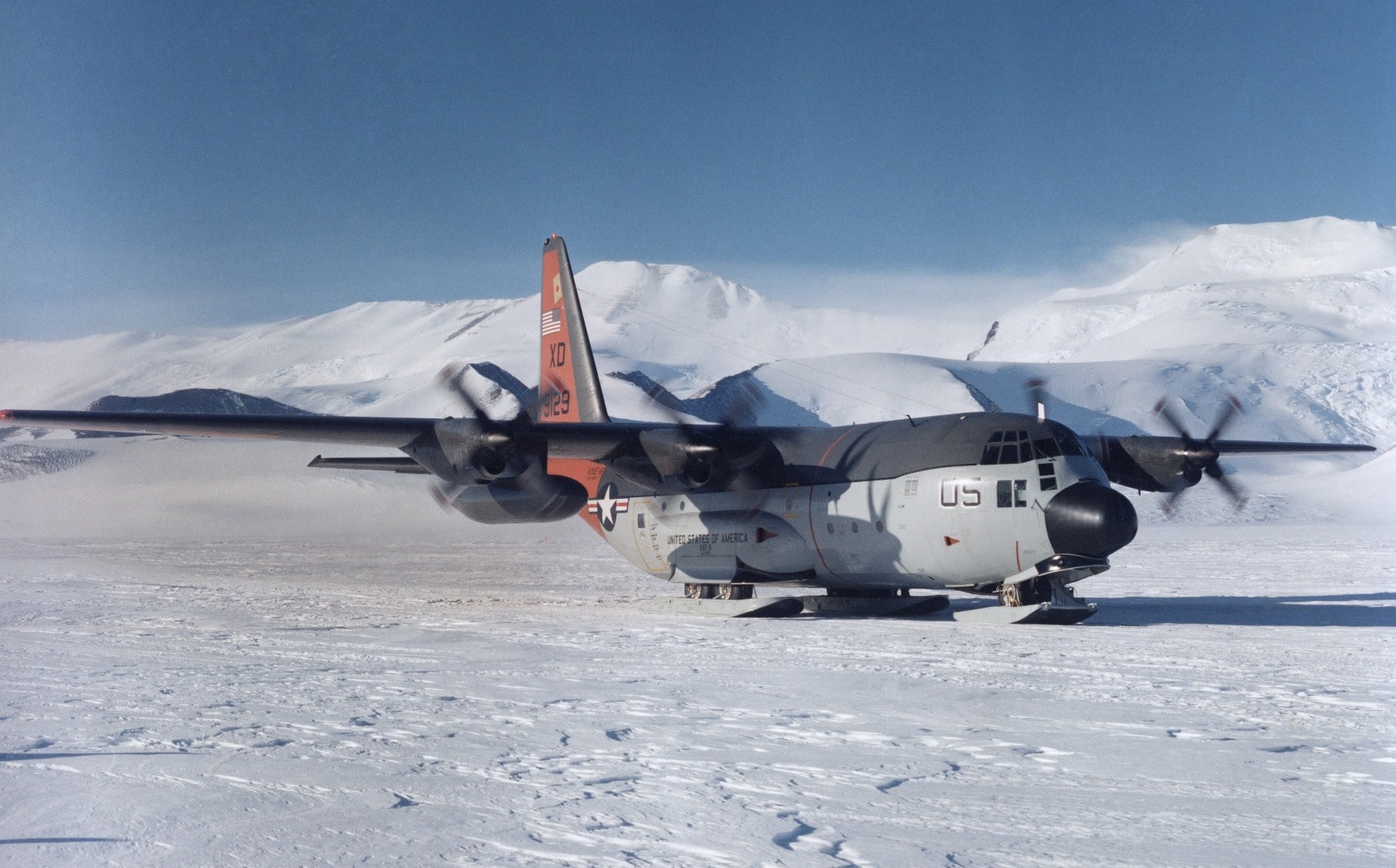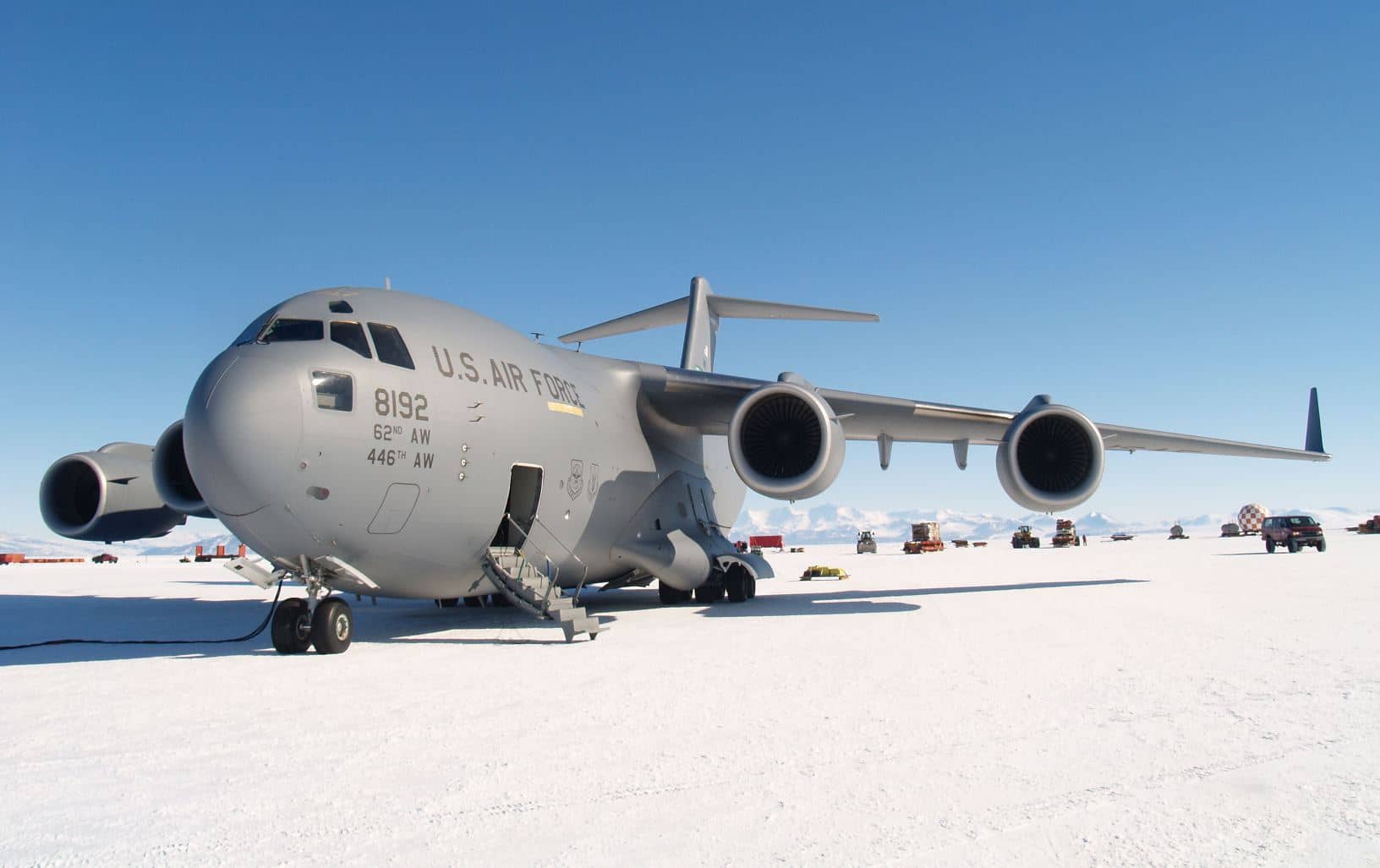Operation Deep Freeze (ODF), the collective name for scientific research in Antarctica, has been ongoing since 1955. Over the years the United States Air Force (USAF) and United States Navy (USN) have been flying supplies and personnel to the American and select foreign outposts there using a variety of aircraft. The longest-serving of these ODF veterans is the ski-equipped Lockheed LC-130 Hercules airlifter. This footage, uploaded to YouTube by Gung Ho Vids, portrays some of the action on the ice during Operation Deep Freeze 2017. The film was released by USAF Pacific Air Forces Public Affairs and produced by Staff Sergeant Jamie Spaulding.
[youtube id=”–Ux0vwqB0I” width=”800″ height=”454″ position=”left”]

The United States Antarctic Program, the National Science Foundation, and Joint Task Force-Support Forces Antarctica (JTF-SFA) are the primary agencies driving the supply flights to the white continent. Flights from Christchurch International Airport in New Zealand are usually only flown during the Antarctic summer (late September to early March) each year, although exceptions are made based on need. Over the years both the USAF and USN have operated multiple aircraft types in Antarctica. For many years the Navy’s Antarctic Development Squadron SIX (VXE-6) Puckered Penguins were a dedicated resource for ODF.

Today the 13th Air Expeditionary Group (AEG), Air Mobility Command (AMC), deploys to Christchurch for ODF support during the season. The 304th Expeditionary Airlift Squadron (EAS) flies Boeing C-17 Globemaster III airlifters usually assigned to the 62nd and 446th Airlift Wings out of Joint Base Lewis McChord in Washington. The 139th EAS, New York Air National Guard (ANG) flies the Lockheed LC-130 Hercules and are normally based at Stratton Air National Guard Base in Schenectady New York.

